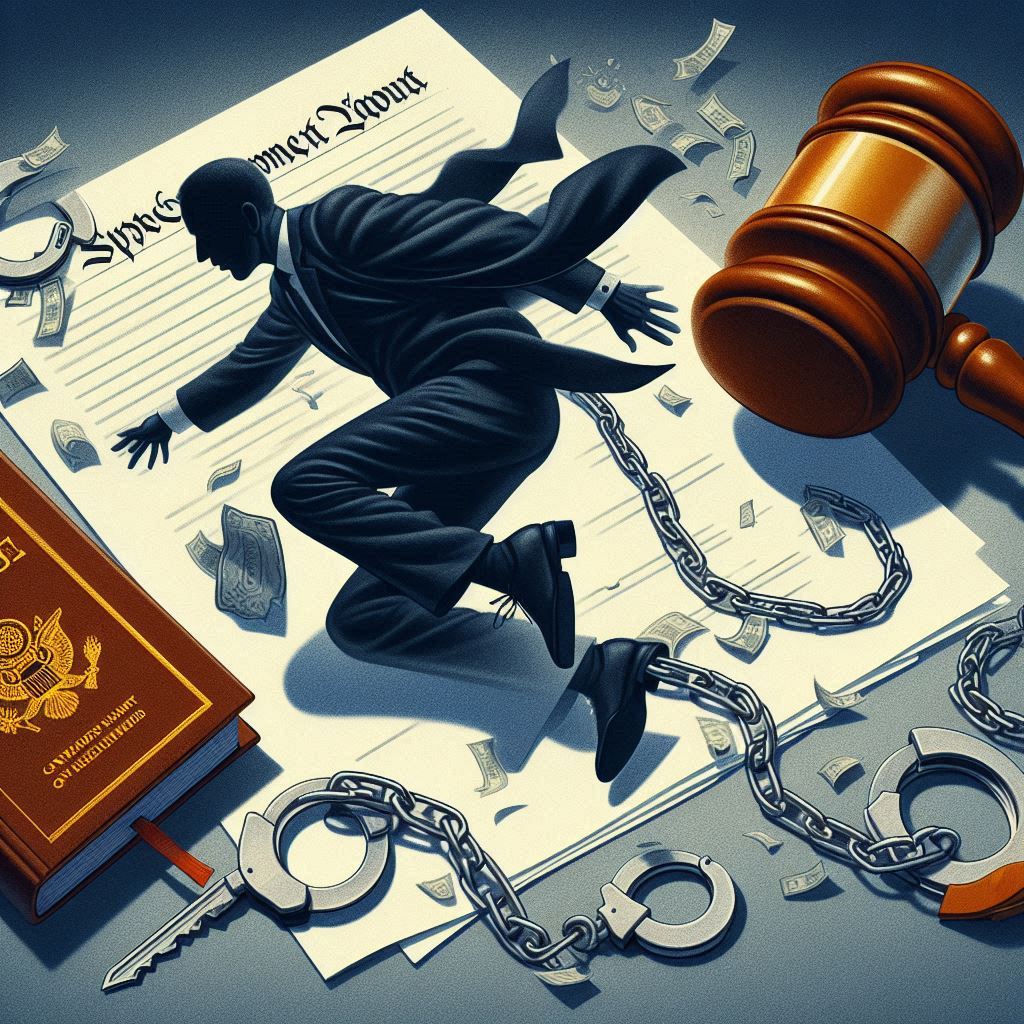Introduction
The Supreme Court of the United States, often seen as the pinnacle of judicial integrity and confidentiality, was thrust into the spotlight with a document leak related to a pending abortion case. This unprecedented event has significant implications not only for the case at hand but also for the broader perception of the judiciary, the functioning of the Supreme Court, and the political landscape in the United States. This essay delves into the details of the leaked document, its potential ramifications, and the reactions from various stakeholders.

Background of the Leak
In early 2024, a draft opinion from the Supreme Court concerning a major abortion case was leaked to the public. The case in question revolved around a pivotal issue related to abortion rights, a topic that has long been contentious in American society and law. The draft opinion, penned by a member of the conservative majority, suggested a significant shift in the Court’s stance on abortion, potentially overturning precedents set by landmark cases such as Roe v. Wade and Planned Parenthood v. Casey.
The leak was first reported by Vox and NBC News, which both highlighted the unusual and highly controversial nature of the event. The Supreme Court acknowledged the authenticity of the leaked document, describing the incident as an accidental release but stopping short of providing details on how the leak occurred.
The Contents of the Leaked Document
The leaked draft opinion, which spans several pages, outlines a comprehensive argument for revisiting and potentially overturning previous Supreme Court rulings that have protected abortion rights. The document reflects a deeply conservative judicial philosophy, emphasizing states’ rights and questioning the constitutional basis for federally protected abortion rights. The tone and content of the draft have sparked widespread debate and concern among various groups, particularly those advocating for women’s reproductive rights.
Reactions to the Leak
Legal Community
The legal community was swift in its reaction to the leak. Many legal scholars and practitioners expressed shock and dismay at the breach of confidentiality, which is a cornerstone of the Supreme Court’s operations. The leak undermines the integrity of the judicial process, potentially jeopardizing the impartiality and independence that are vital for the Court’s functioning.
Political Spectrum
The political ramifications of the leak were immediate and profound. On one hand, conservative groups and politicians hailed the draft opinion as a long-overdue correction of judicial overreach, celebrating the potential for greater state control over abortion laws. On the other hand, liberal groups and Democratic politicians condemned the draft, warning that it could lead to severe restrictions on abortion access and a rollback of women’s rights.
Public Reaction
The public response was equally polarized. Protests erupted across the country, with supporters and opponents of abortion rights taking to the streets. The leak intensified the already heated debate over abortion, galvanizing activists on both sides of the issue. Social media platforms were flooded with reactions, ranging from outrage and fear to support and jubilation.
Potential Implications of the Leak
Judicial Integrity
The leak raises significant concerns about the integrity and confidentiality of the Supreme Court. If justices and their clerks cannot rely on the secrecy of deliberations, the Court’s ability to function effectively could be compromised. The breach may lead to increased security measures and a reevaluation of how draft opinions and other sensitive documents are handled within the Court.
Abortion Rights
The content of the leaked draft opinion suggests a major shift in the legal landscape of abortion rights in the United States. If the final opinion mirrors the draft, it could result in the overturning of Roe v. Wade, leading to a patchwork of abortion laws across the country. States would have the authority to impose their own regulations, which could range from severe restrictions to outright bans on abortion, significantly impacting women’s access to reproductive healthcare.
Political Climate
The leak is likely to have a profound impact on the political climate, especially in an election year. Abortion rights have always been a polarizing issue, and the prospect of significant changes to the legal framework governing abortion is likely to mobilize voters on both sides of the political spectrum. The leak may influence campaign strategies, voter turnout, and the overall discourse surrounding the elections.
Historical Context
To fully understand the significance of the leaked document, it is essential to consider the historical context of abortion rights in the United States. The landmark case of Roe v. Wade (1973) established a woman’s legal right to an abortion under the Fourteenth Amendment to the Constitution. This decision was reaffirmed by Planned Parenthood v. Casey (1992), which introduced the undue burden standard, prohibiting laws that place substantial obstacles in the path of a woman seeking an abortion before fetal viability.
These decisions have been contentious from the outset, with opponents arguing that the Supreme Court overstepped its bounds by creating a constitutional right not explicitly mentioned in the text of the Constitution. Over the decades, various states have enacted laws attempting to restrict abortion access, leading to numerous legal battles and a continuous tug-of-war over the issue.
The Role of the Supreme Court
The Supreme Court plays a crucial role in interpreting the Constitution and ensuring that laws align with constitutional principles. Its decisions have far-reaching implications, shaping the legal landscape and affecting the lives of millions of Americans. The confidentiality of the Court’s deliberations is paramount to its ability to make impartial and well-considered decisions. The leak of the draft opinion not only undermines this confidentiality but also raises questions about the motivations behind the breach and its potential impact on the justices’ deliberations.
Security Measures and Investigations
In response to the leak, the Supreme Court and other relevant authorities have likely initiated investigations to determine how the breach occurred and to prevent future incidents. These investigations are crucial to restoring trust in the Court’s confidentiality and ensuring that its deliberative processes remain secure. Additionally, the Court may implement stricter security measures, including enhanced protocols for handling sensitive documents and increased scrutiny of personnel with access to such materials.
Broader Implications for Judicial Transparency
While the leak is a serious breach of protocol, it also raises questions about judicial transparency. Some argue that greater transparency in the Court’s deliberations could enhance public understanding and trust in its decisions. However, others contend that too much transparency could compromise the justices’ ability to deliberate freely and independently, potentially exposing them to undue influence and pressure.
Future of Abortion Legislation
The future of abortion legislation in the United States remains uncertain, particularly in light of the leaked draft opinion. If the Supreme Court ultimately overturns Roe v. Wade, states will have greater latitude to regulate abortion, leading to a patchwork of laws across the country. Some states may enact stringent restrictions or bans, while others may seek to protect and expand abortion access. This divergence could create significant disparities in reproductive healthcare access, with profound implications for women’s health and rights.
Conclusion
The leak of the Supreme Court document related to a pending abortion case is a landmark event with far-reaching implications. It challenges the integrity and confidentiality of the Court, sparks intense political and public debate, and raises critical questions about the future of abortion rights in the United States. As the nation grapples with the consequences of this unprecedented breach, the Supreme Court must navigate the delicate balance between transparency and confidentiality, ensuring that its deliberations remain secure while maintaining public trust in its decisions. The ultimate outcome of the case, and the Court’s response to the leak, will shape the legal and political landscape for years to come.




